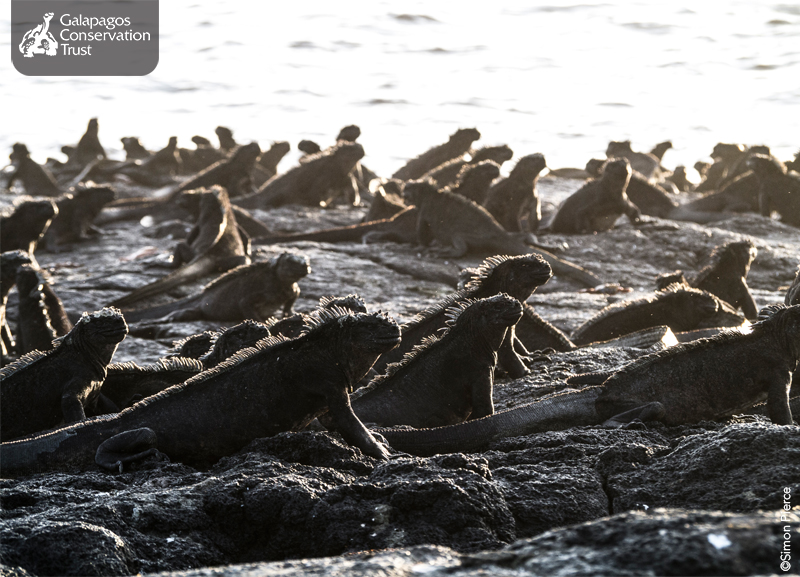
BBC Documentary: Planet Earth II Ep. 1
The long awaited second series of the ground breaking Planet Earth programme was shown last Sunday 6 November to millions of viewers, and it did not disappoint.
The Planet Earth team dedicated an entire decade towards shooting unparalleled and never-before seen footage of some of the planet’s rarest creatures, often in punishingly harsh conditions. The first episode showed unusual behaviour from several island species, including the amazing footage showing the race for survival between a marine iguana hatchling and hungry Galapagos racer snakes from the active volcanic island of Fernandina, on the western side of the Archipelago.
Very little is known about the racer snakes in the Archipelago so it was fascinating to see the snakes lay in wait en masse for the hatchling marine iguanas – it is one of the best times of year for the snake to feed. The cinematography was impeccable, as was the commentary. In days to follow its initial release, this clip of these two species has been viewed millions of times by people across the globe. It was hailed as one of the best scenes to be filmed in animal documentary history, sparking hundreds of threads of online discussion.
GCT has funded projects aimed at conserving both Galapagos racer and the marine iguana. Both animals are found on almost every island in the Archipelago, but have not been researched as deeply as other, more eye-catching species.
Dr Amy MacLeod, a researcher currently living and teaching in Berlin, undertook a research trip to study the marine iguanas of Galapagos earlier this year. The research was part funded by GCT, where Dr MacLeod travelled to a number of sites in the Archipelago to document a range of data such as population numbers, average weight, average length, feeding patterns and threats to the marine iguana population. Learn more about Dr MacLeod’s research here.
To learn more and the famed marine iguanas of Galapagos, click here.

Simon Pierce
GCT has also part-funded a project on Floreana island this year, as well as the nearby Champion and Marchena islets, in order to document the population of Galapagos racers, and to understand more about the snakes. Very little is known of the racers as they are shy and elusive creatures with incredible camouflage. Floreana is a remote and little visited island, with a small population of less than 100 people, so the racers of Floreana are seldom seen by humans. The project leader, Dr Luis Ortiz-Catedral, was in charge of a team with the brief to catch, measure, take blood and skin samples from as many racers as they could find across the islands. Learn more about Dr Ortiz-Catedral’s project work with racers, click here.
To learn more about the elusive Galapagos racer, click here.

